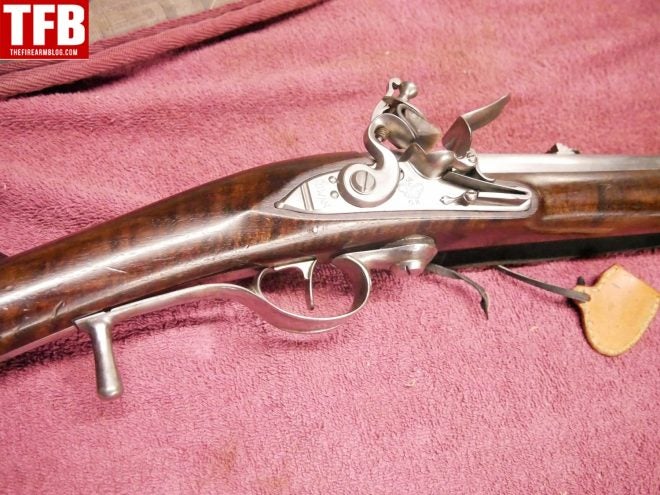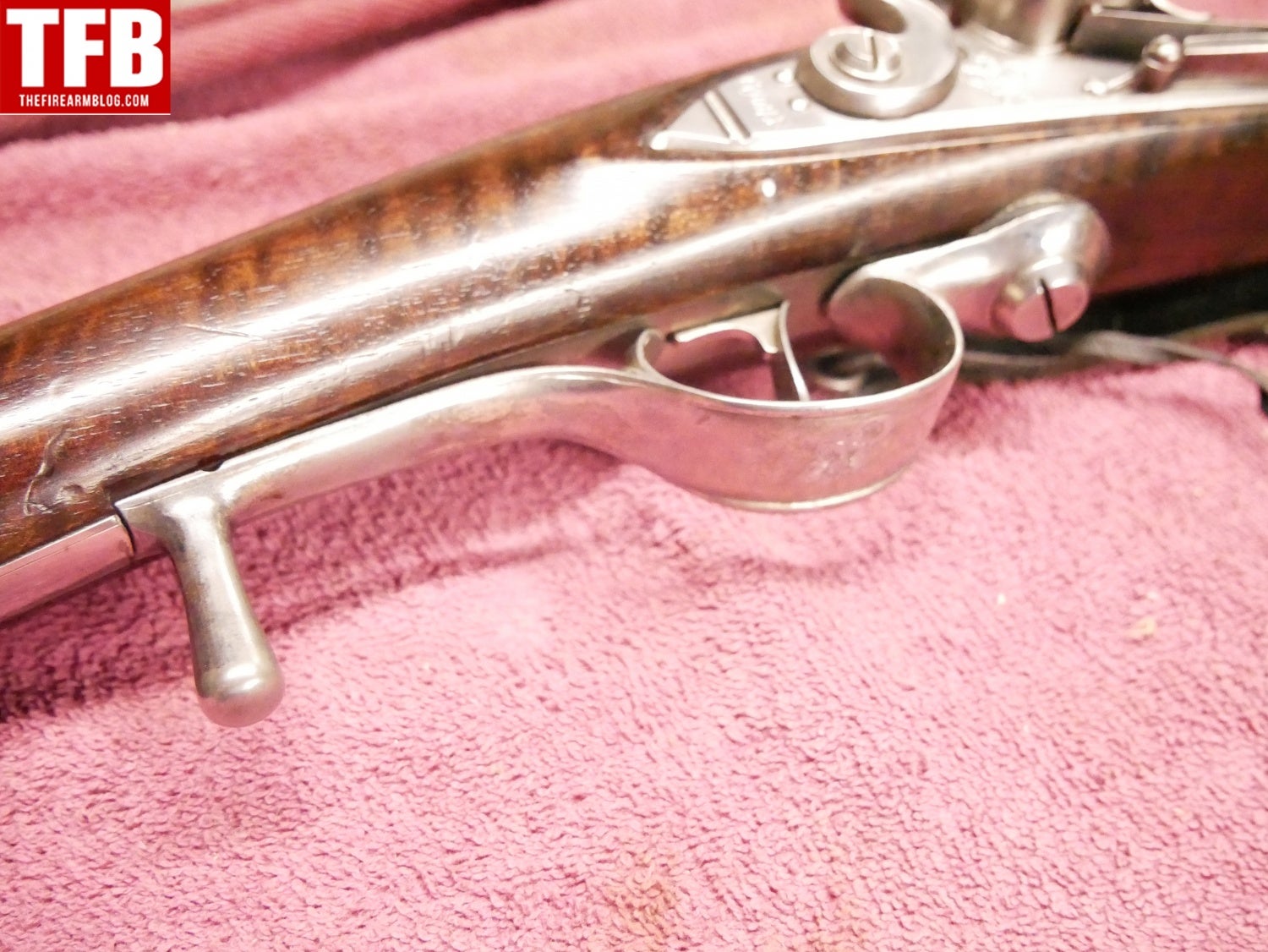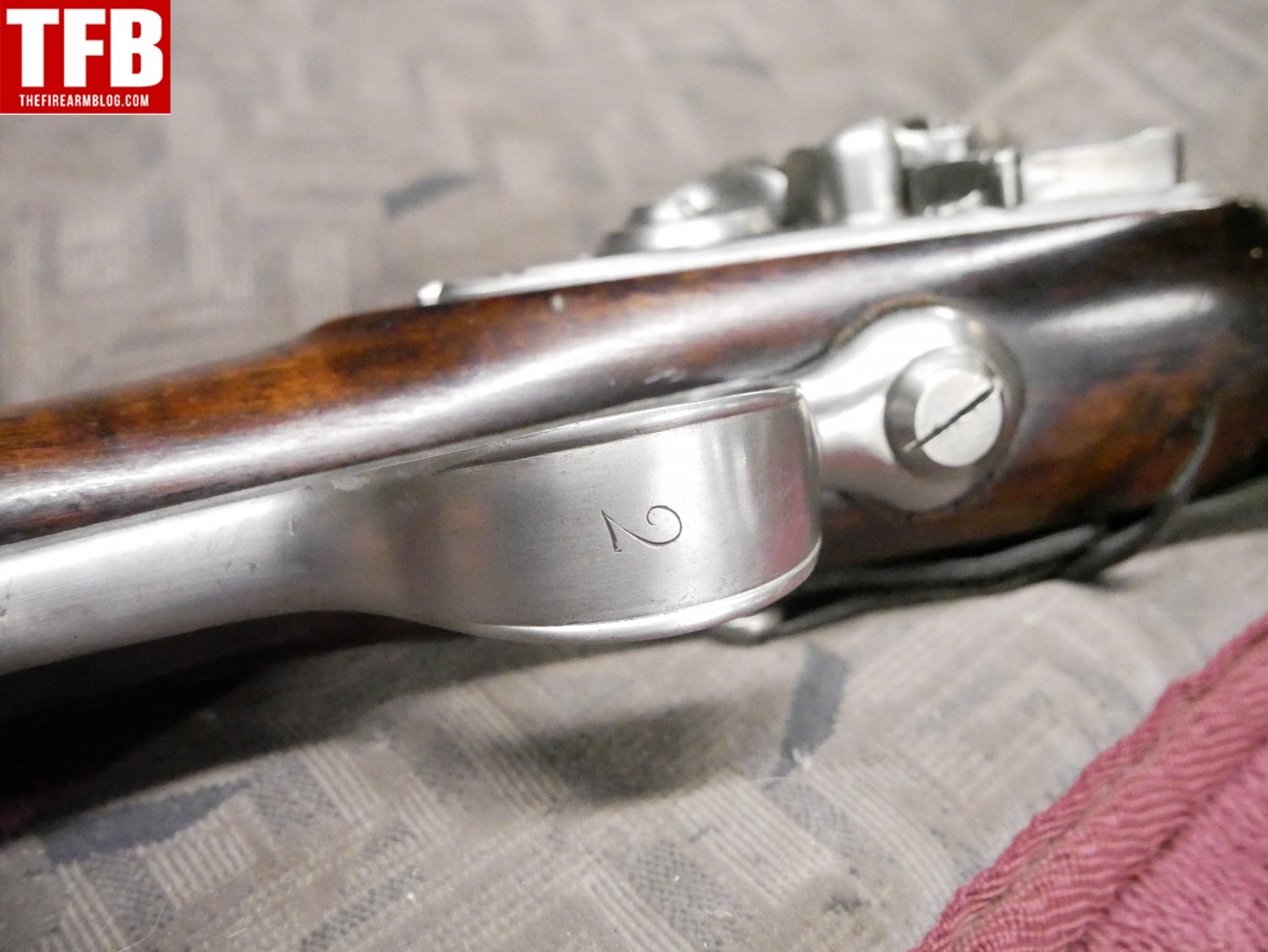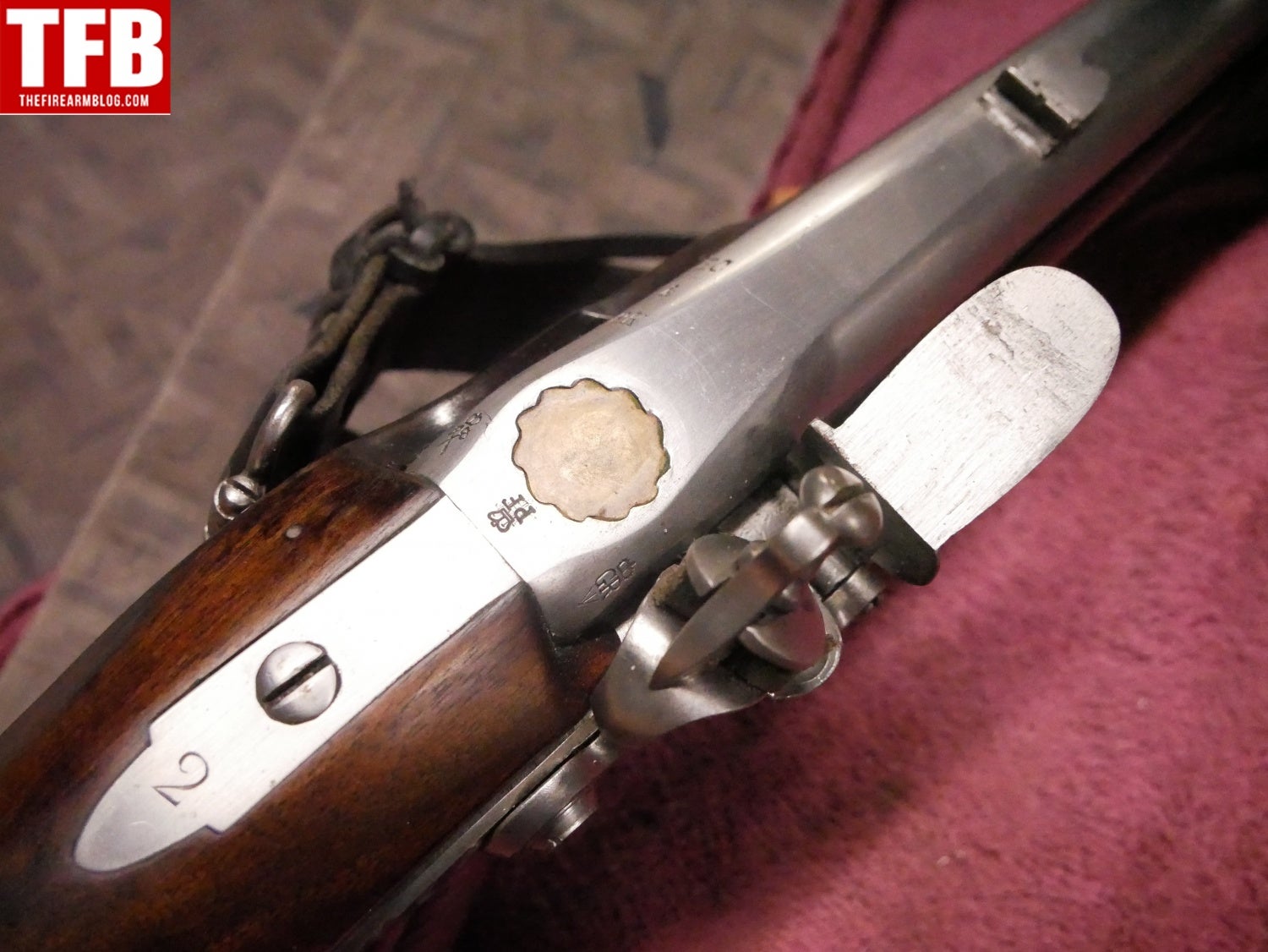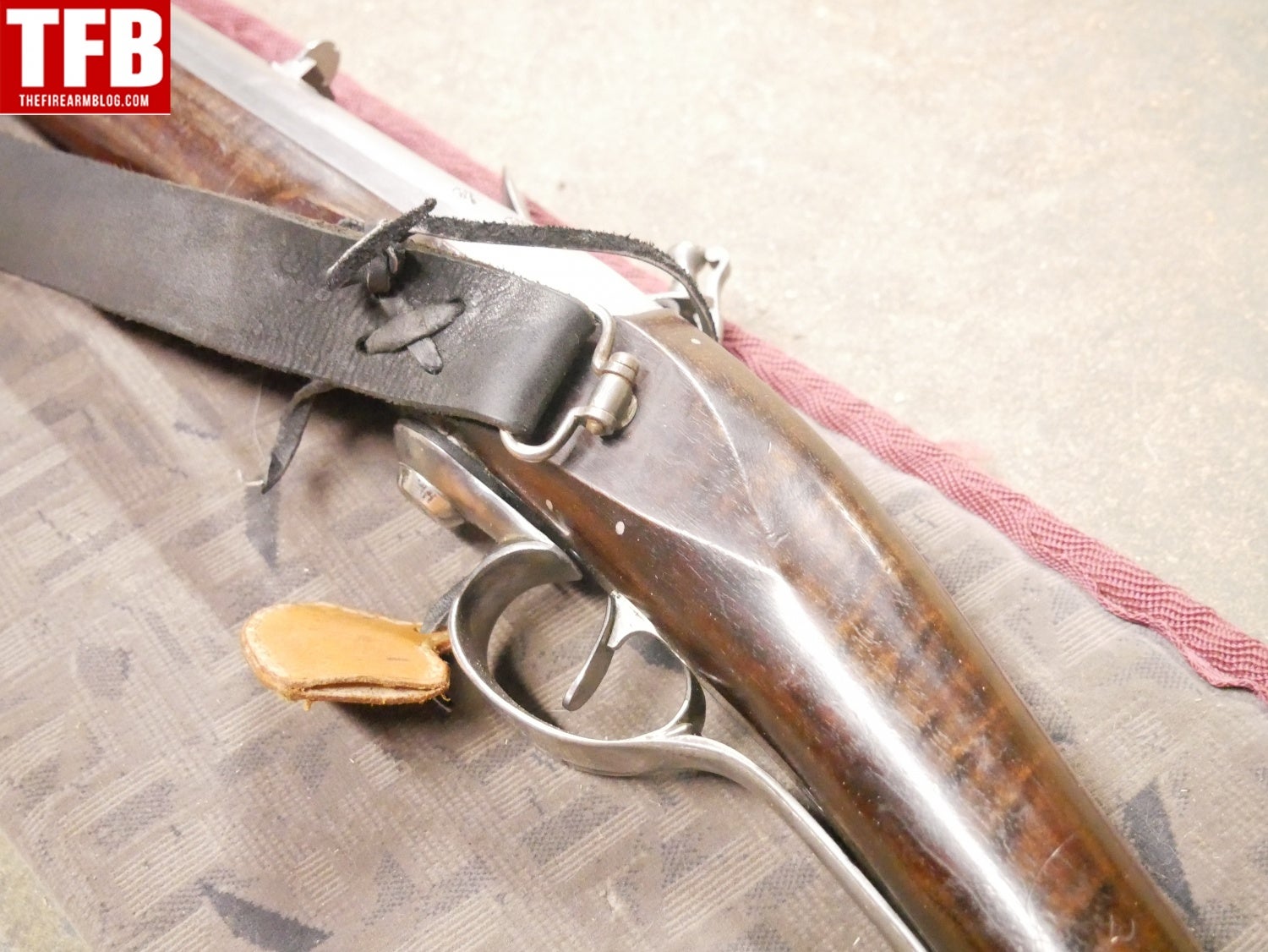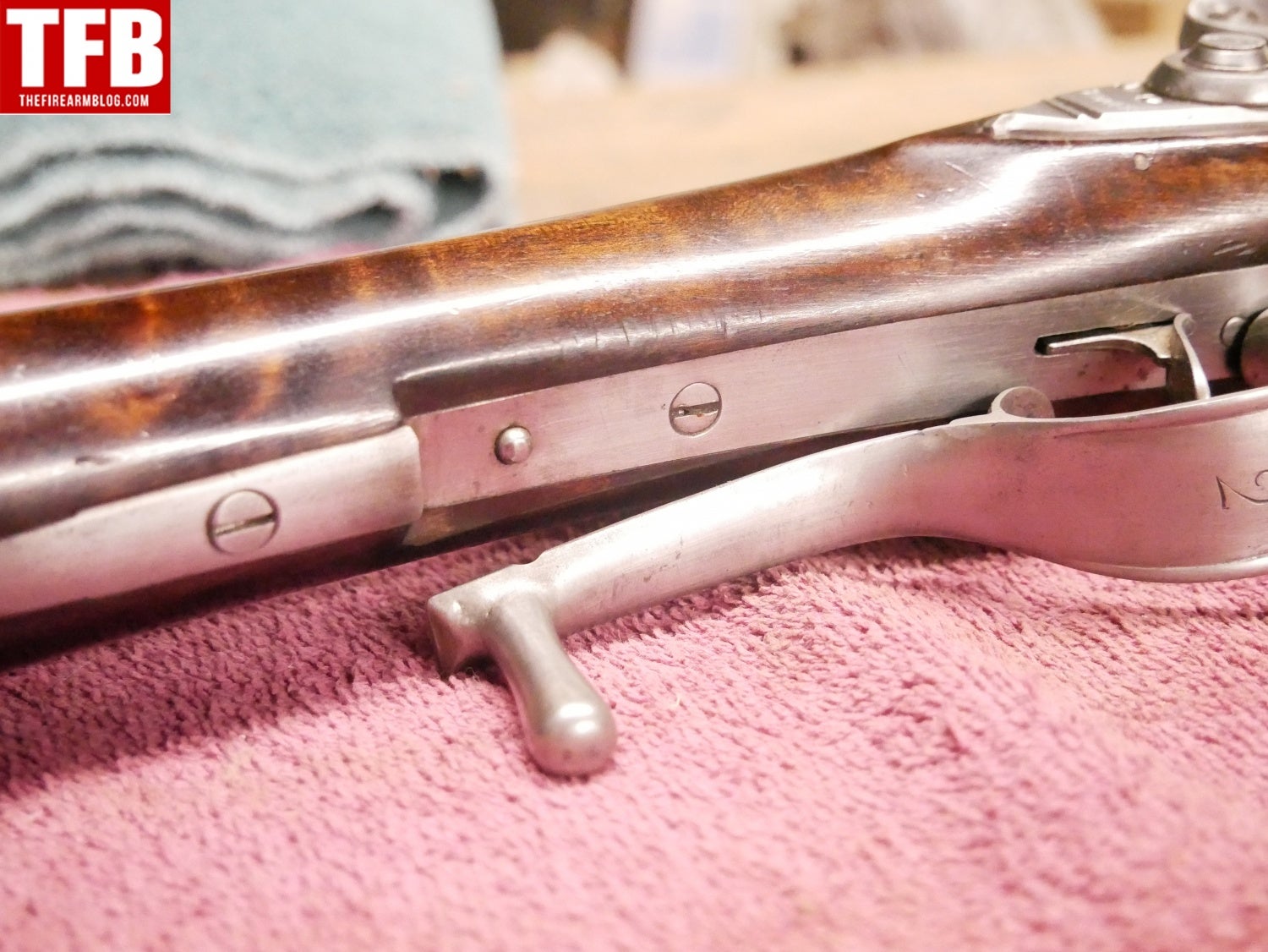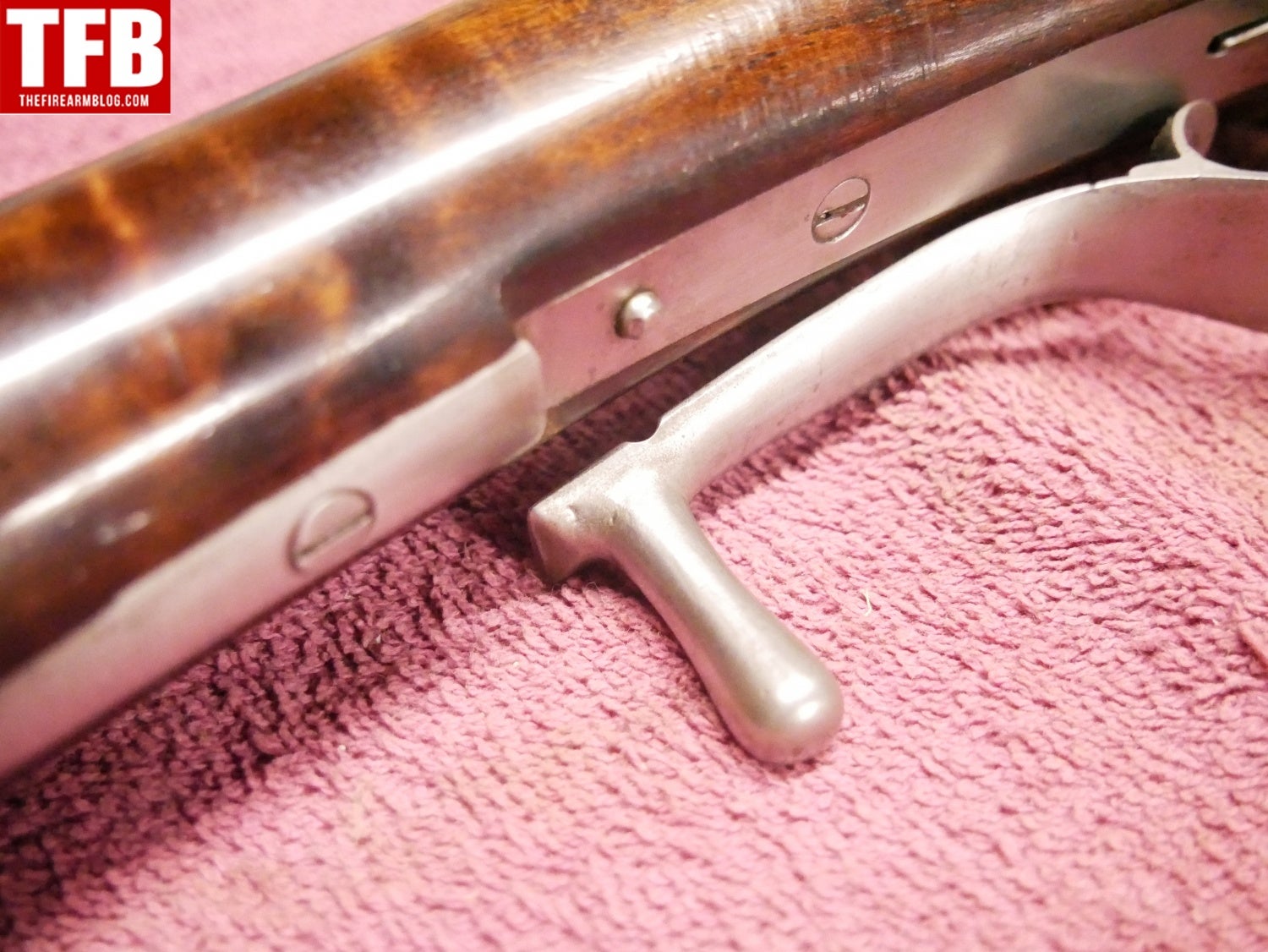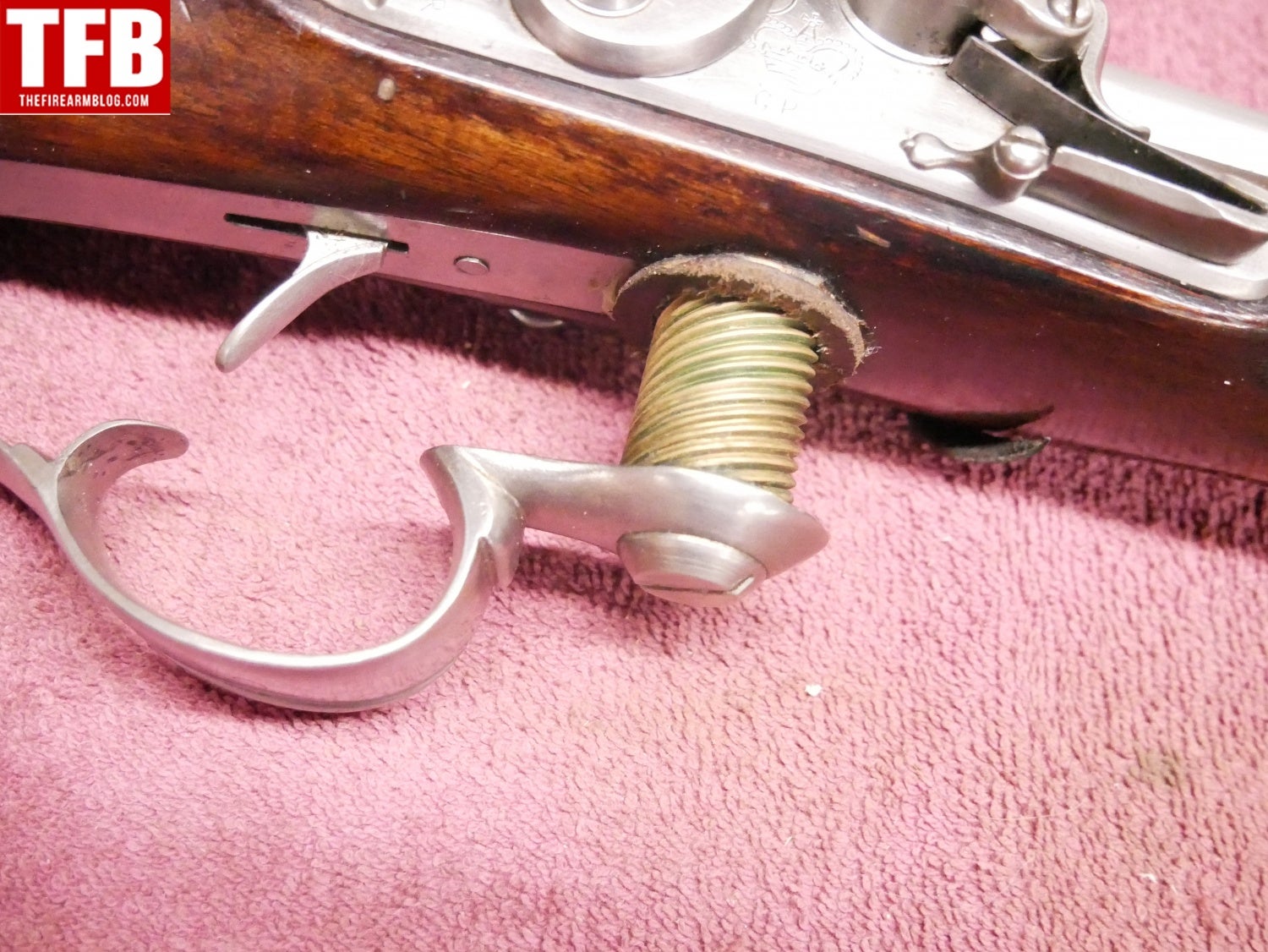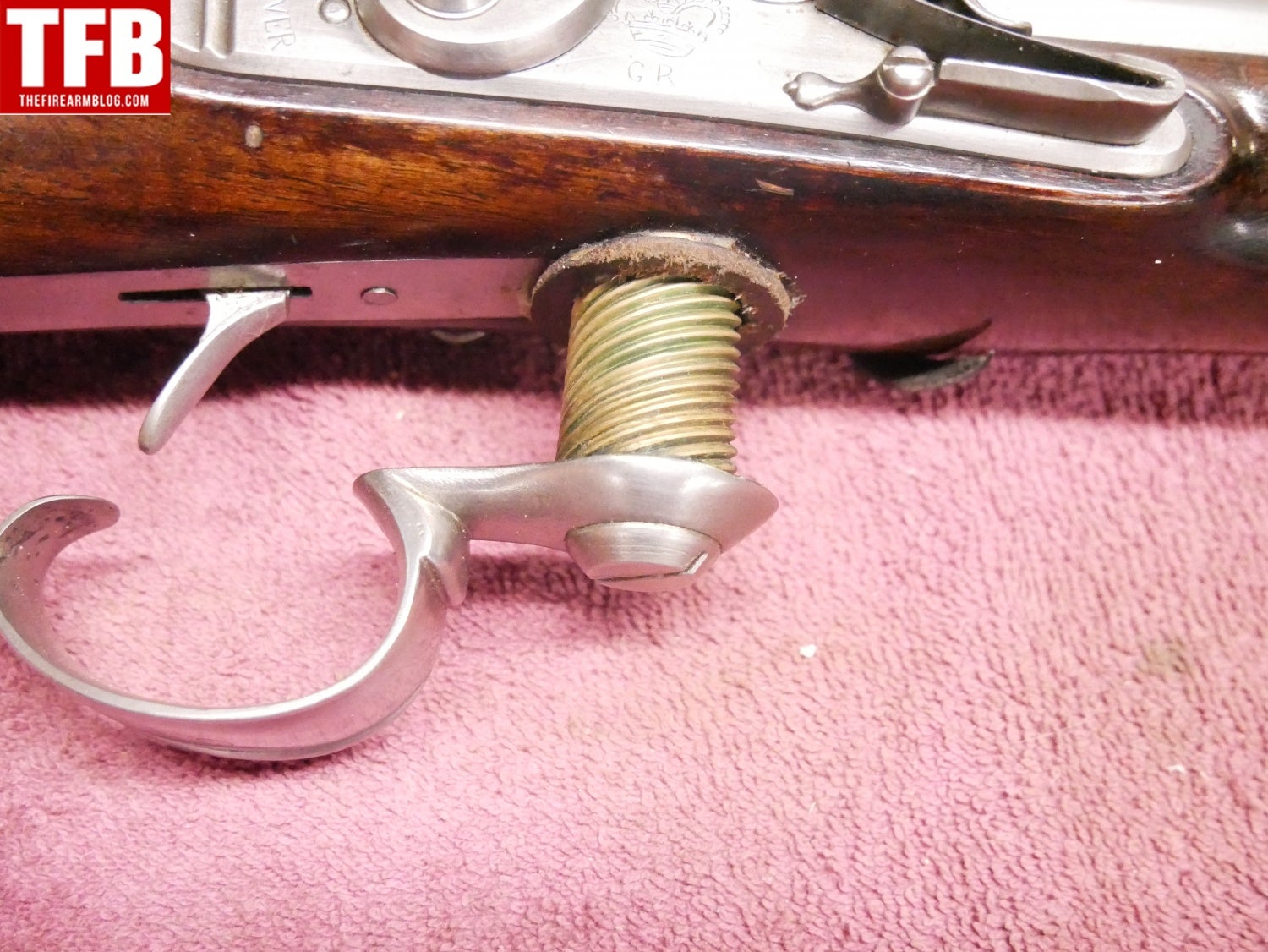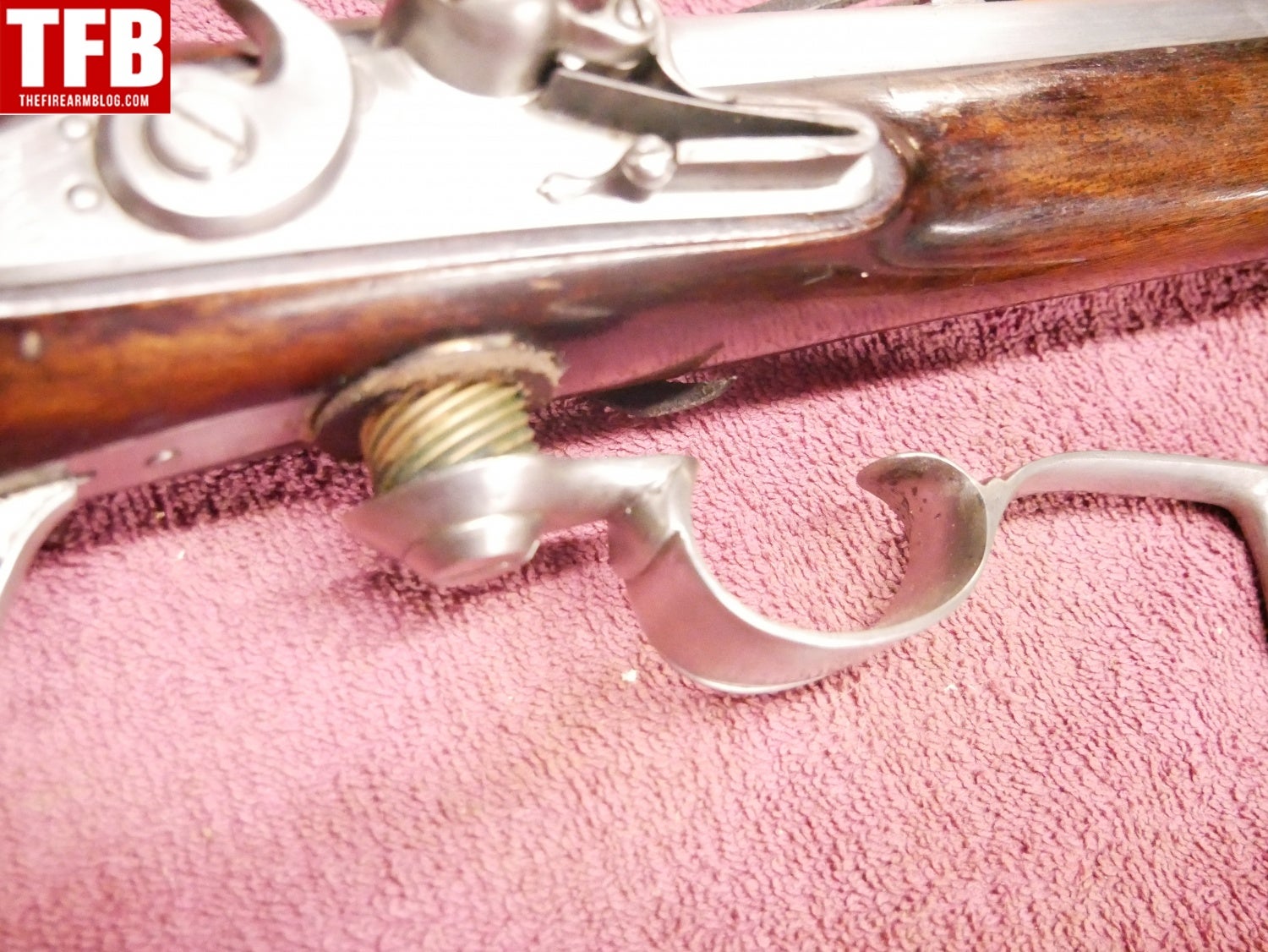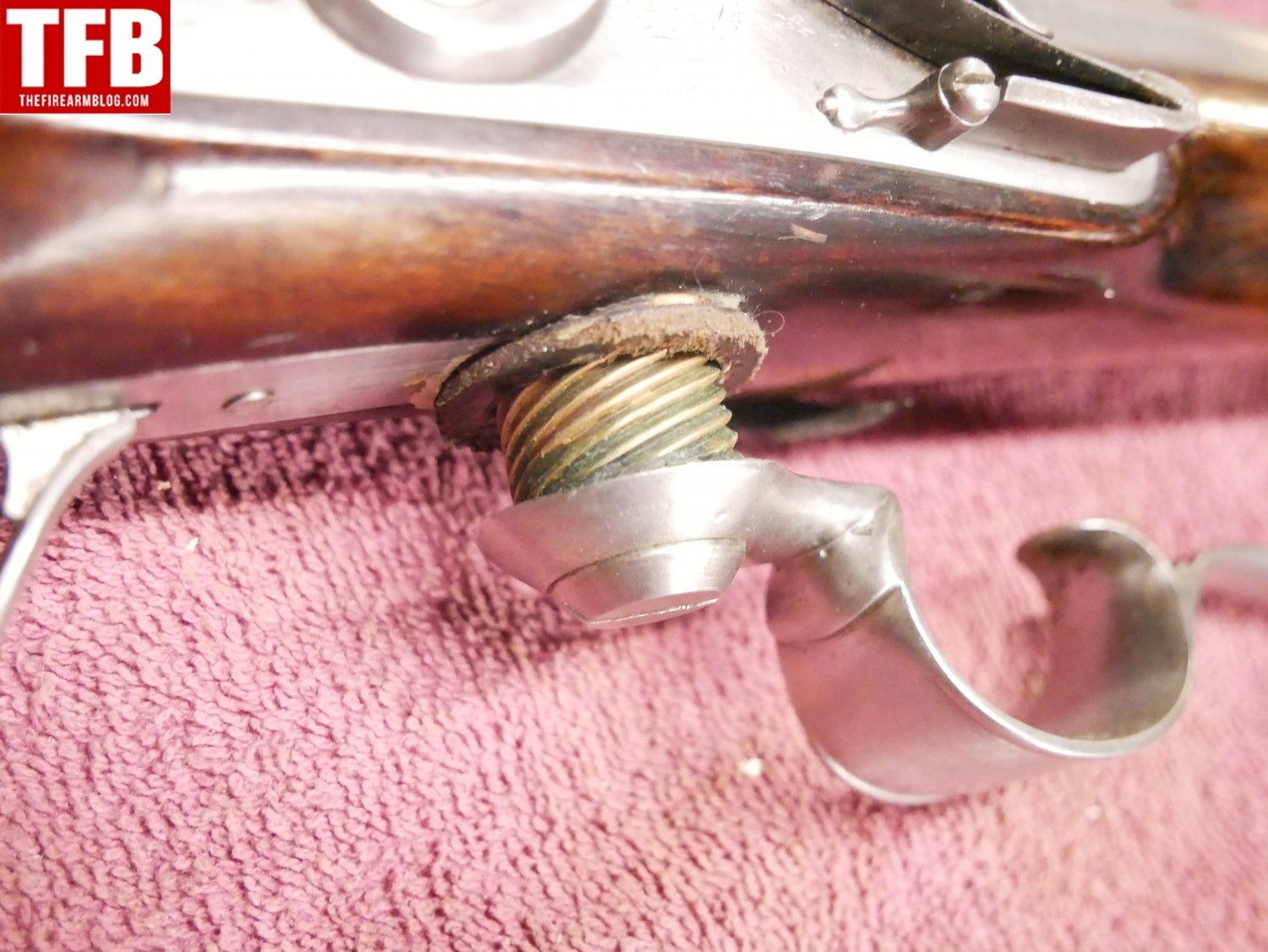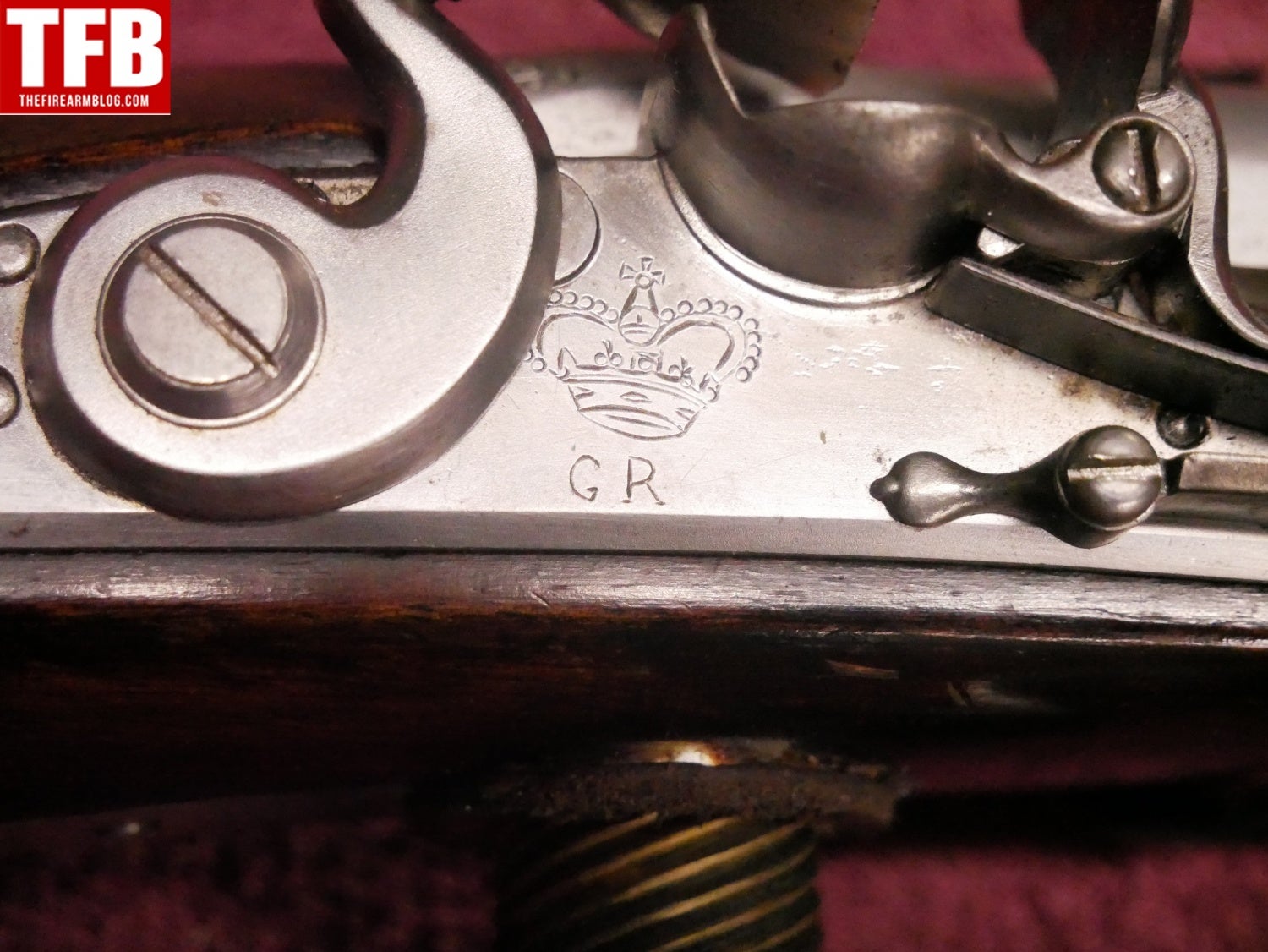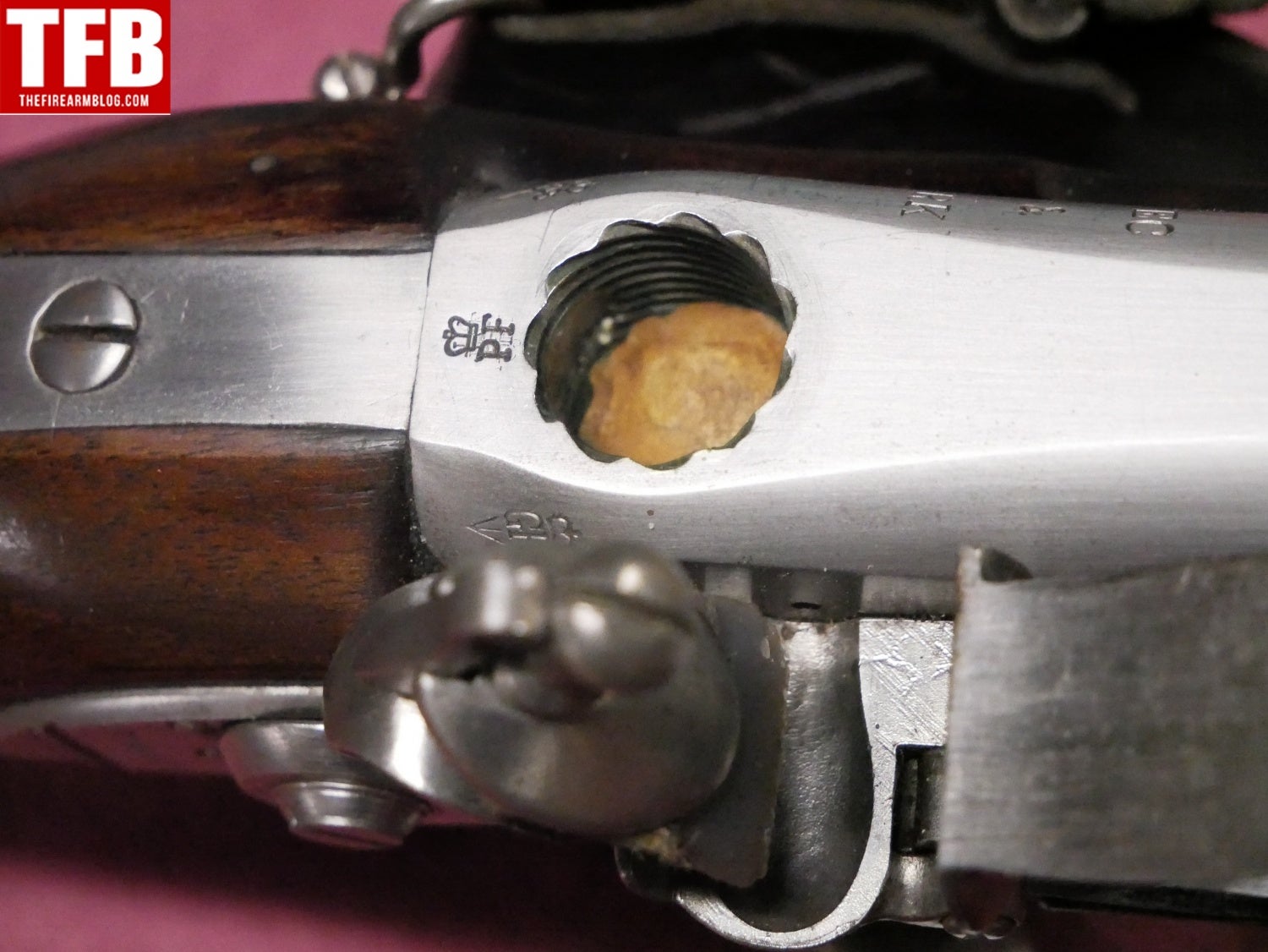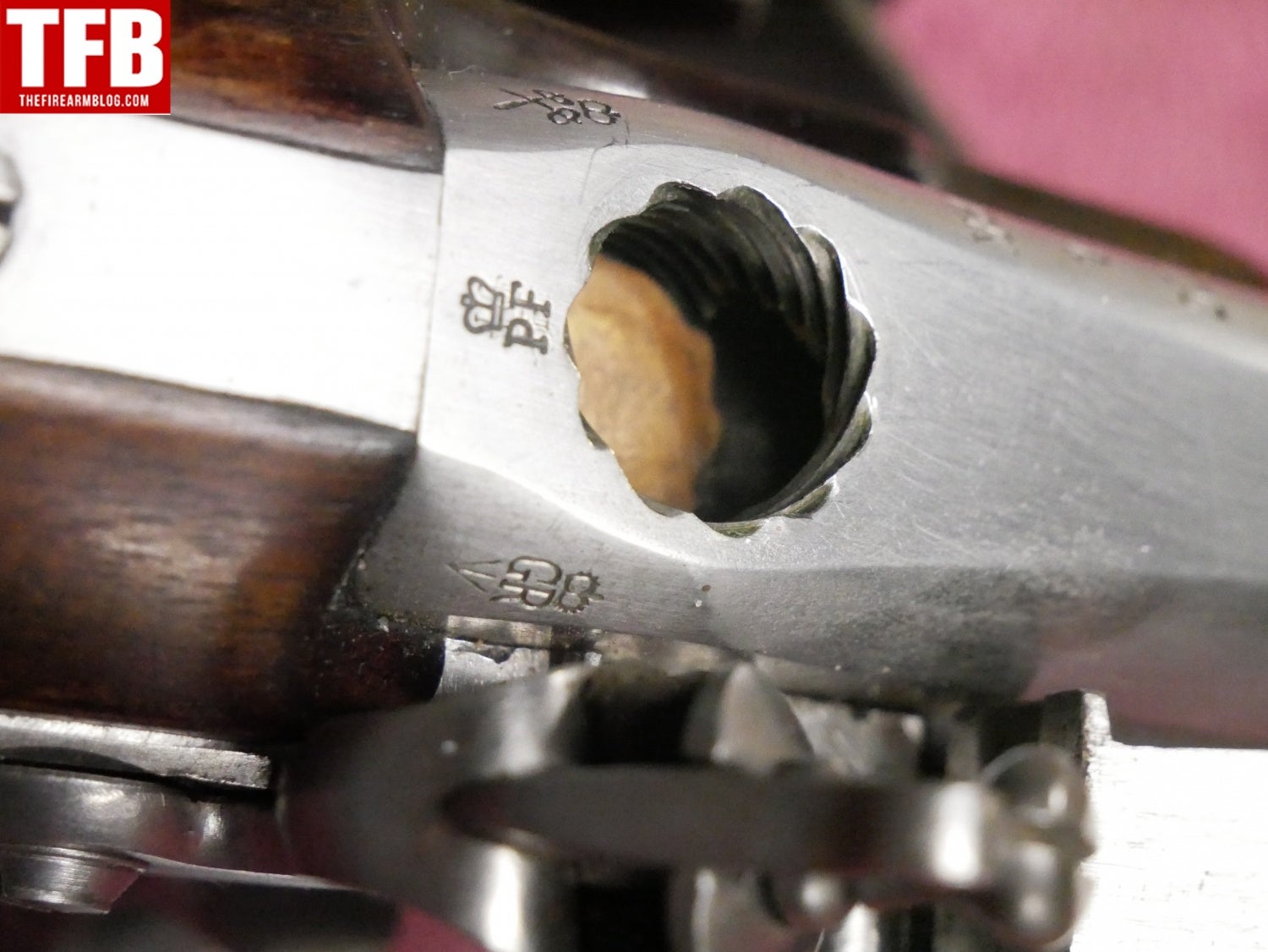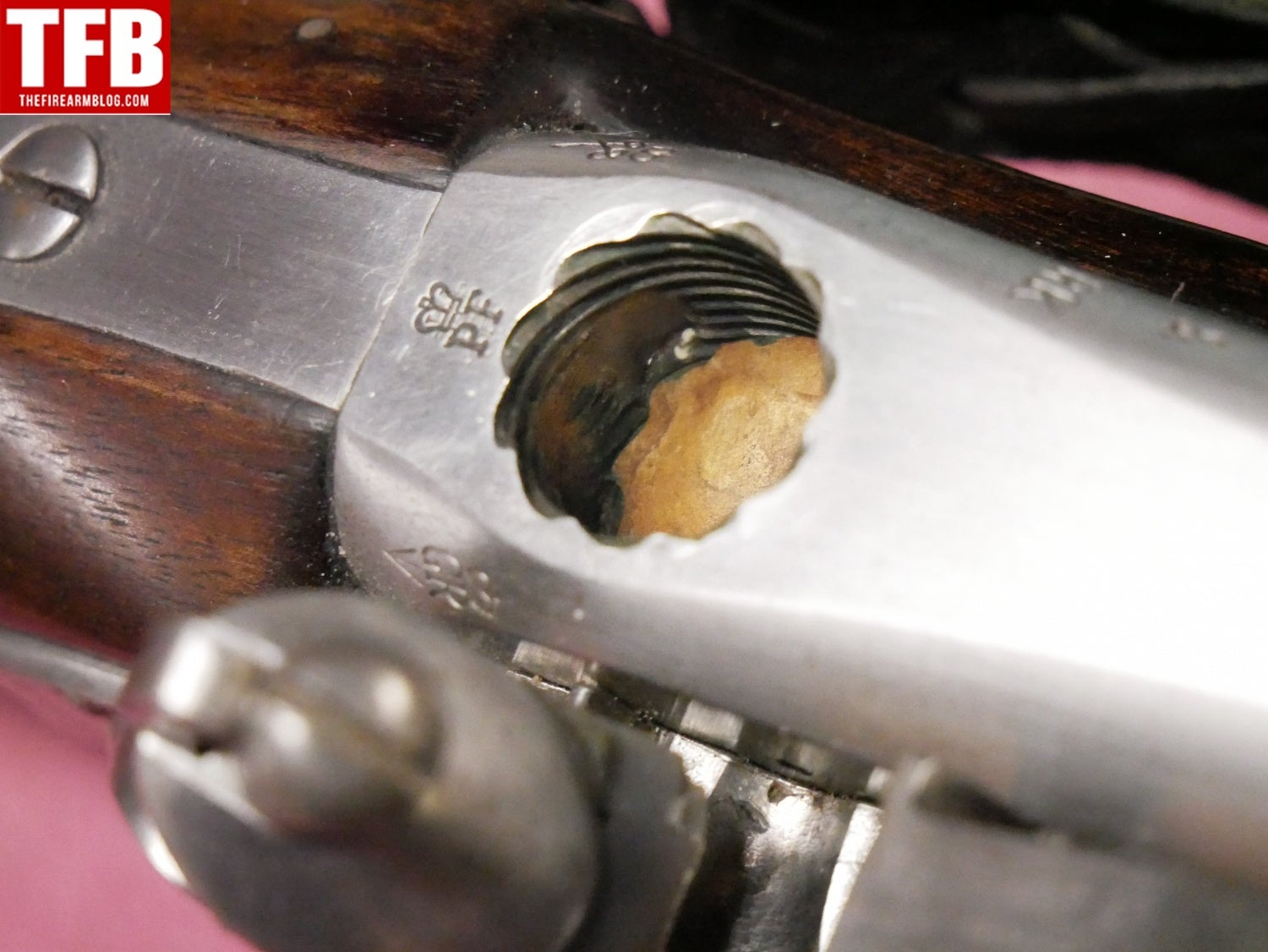In a Pennsylvania town not too far from Gettysburg there is a local outfit that has previously worked fascinating wonders when it comes to recreating historically significant muzzleloaders of the 18th and 19th Centuries. Great War Militaria, Custom Metal and Wood Fabrication, Ordnance Restoration and Repair is a long-winded name for a couple of fellows who got together and decided to tackle the task of creating one of the more interesting small arms designs of the Revolutionary War, the Ferguson. For the purposes of this post we won’t go into too much detail as to rise and fall of Patrick Ferguson, his rifle, and some of the controversy that surrounds it. What is sufficient to understand is that the design was quite revolutionary as it offered an extremely accurate, quick-repeating (relatively speaking), breech-loading design, that was not only rifled but could also be waterproofed. Essentially what Ferguson had come up with was a rifle that put His Majesties issued Brown Bess’s to absolute shame when it came to infantry capability. Unfortunately, the rifle was very time consuming to produce and it wasn’t issued in enough numbers to dramatically change the tide of the war. Essentially the design died along with its inventor when he died of his wounds while fighting.
What Great War Militaria has painstakingly done is recreate a matching copy of one of the surviving Ferguson Infantry rifles. Specifically, this means that the rifle is actually interchangeable with the original surviving piece that is currently on public display at the Morristown National Historic Site in Morristown, NJ. The importance of this fact is that similar to many small arms manufacturing practices at the time, the Ferguson rifle was not unique in that they were handmade and couldn’t interchange parts and components.
This number “2” is noteworthy because it indicates a serial production of the rifle. There were only 100 “Infantry” rifles made by 4 different companies in London.
Different from the Morristown rifle is a matching copy of another Infantry rifle in a Milwaukee Museum. Notice that there are 11 “bumps” that surround the plug that is currently screwed into the breach. Ferguson’s of non-Government contracts (civilian sales) have 10 “bumps”. These “bumps” or petals in this case is actually the top view of the breach block as it screws in from the bottom. The Government contract rifles had more threads because of the added abuse that they would have taken as compared to the civilian ones.
The corkscrew lever as it is unlocked.
With one full hand motion the “plug” lever can be twisted down, opening the breach for loading. Ferguson didn’t invent this design, he more or less put a pre-existing commercial product to military use, much like the Weaver rail eventually morphing into the M1913 Picatinny that we know today.
 Your Privacy Choices
Your Privacy Choices
